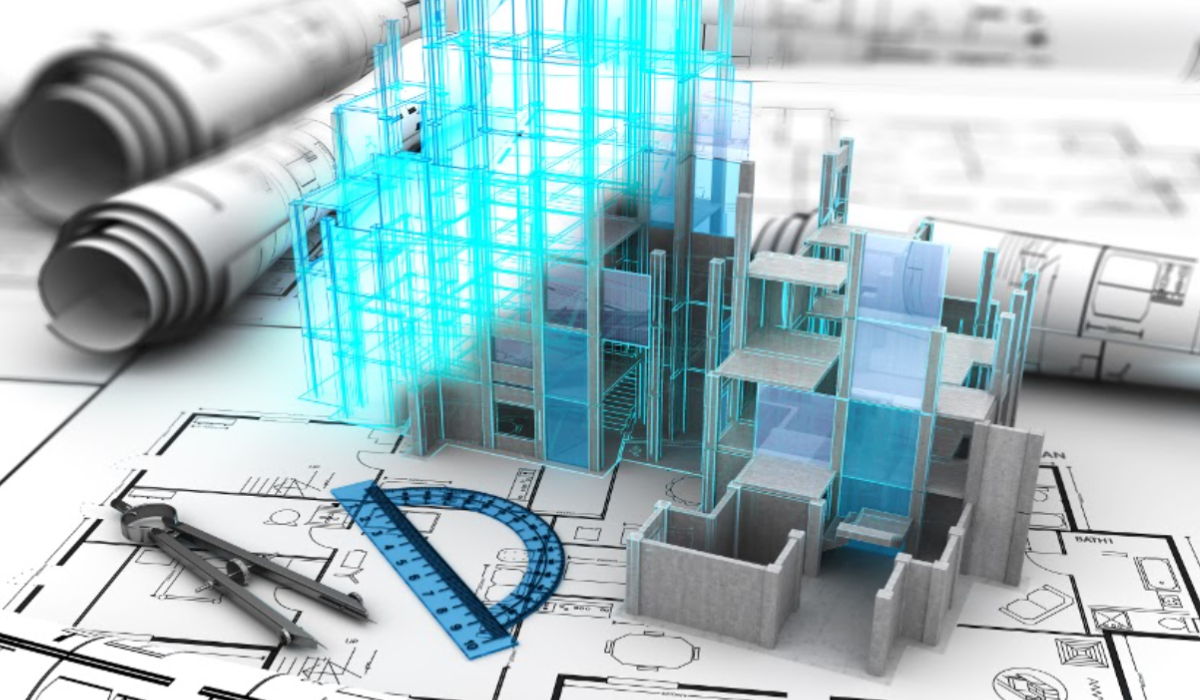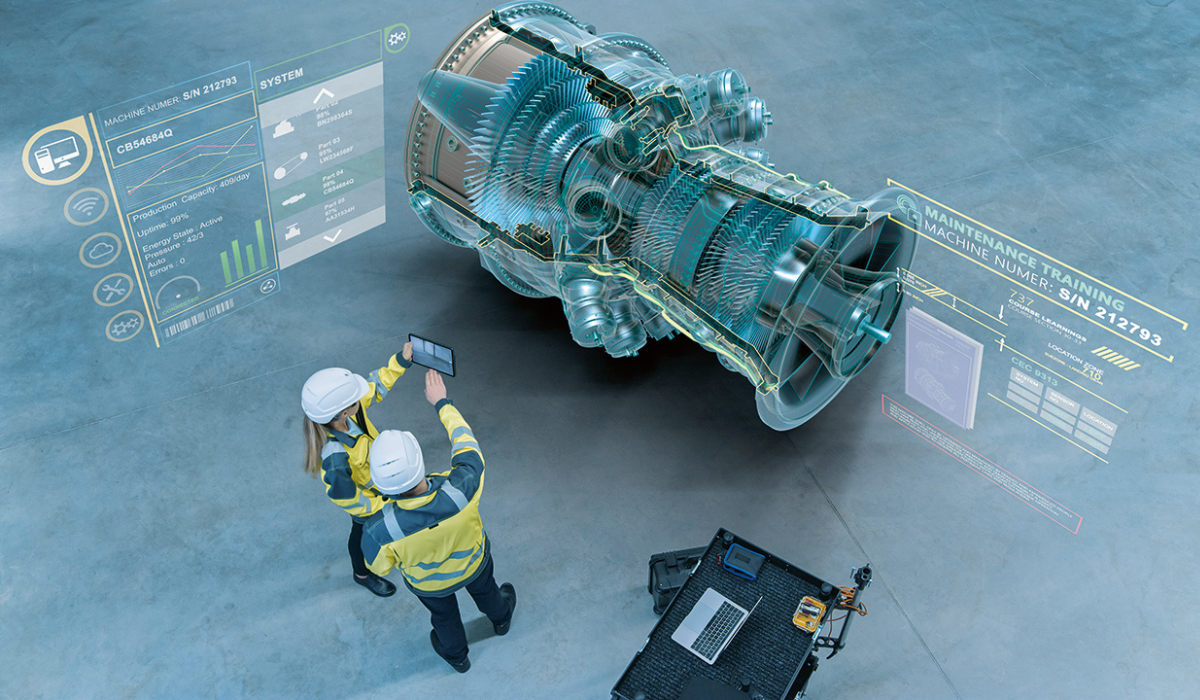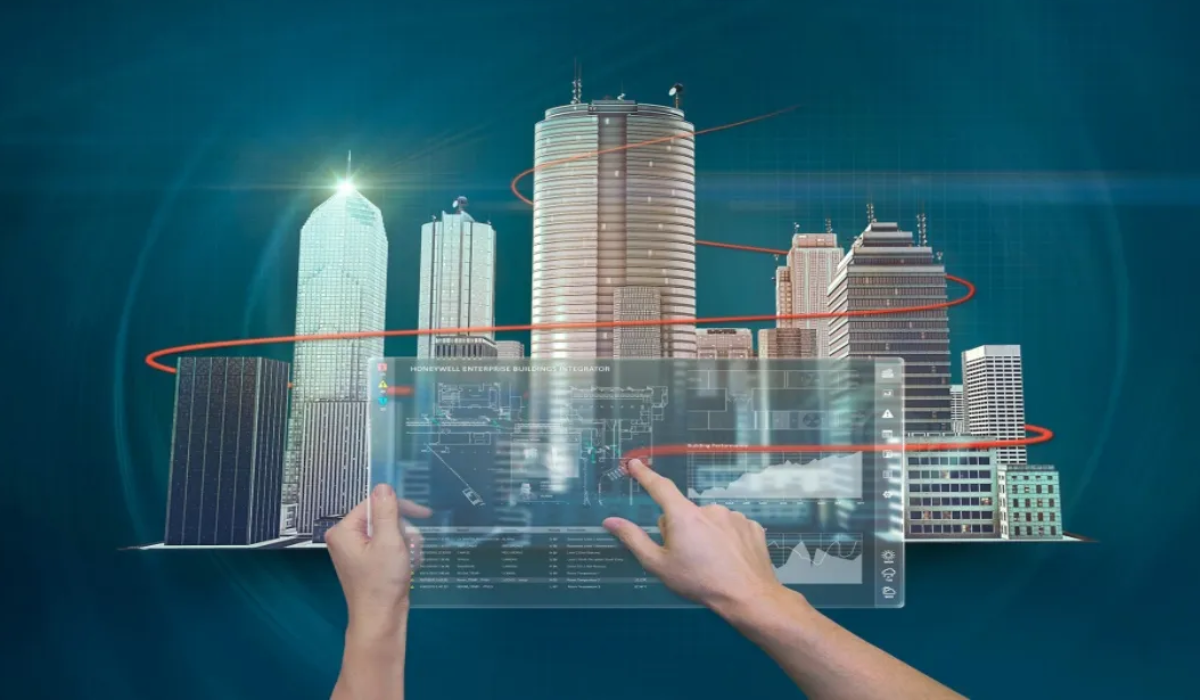Exploring Cloud2Model: The Connection Between Laser Scanning and BIM Modeling
The digitization of the construction industry continues to advance with technologies like laser scanning and Building Information Modeling (BIM). Together, these tools are transforming the way data is captured and structures are modeled, allowing for the creation of precise and up-to-date virtual models of any building. In this context, the Cloud2Model process emerges as a solution that facilitates collaboration and remote access to these models using cloud computing. This article explores the steps to integrate laser scanning and BIM modeling into construction projects, and how Cloud2Model is revolutionizing the sector.
Laser Scanning and Point Clouds for BIM
3D laser scanning has established itself as an essential tool for capturing high-precision three-dimensional data. By using specialized devices, laser scanning generates a point cloud, a set of millions of points that accurately represent the geometry and environment of a physical structure. This data is key to converting physical information into a detailed digital model, which can then be integrated into BIM software like Autodesk Revit.
This approach is especially useful for renovation or rehabilitation projects, as it provides accurate information about existing buildings. The conversion of this data into “As-built” models through BIM technology allows professionals to work with an up-to-date and accurate digital representation of the real environment.
Cloud2Model: Enhancing Collaboration and Access
The integration of Cloud2Model refers to the ability to store and process large volumes of data in the cloud, facilitating collaboration among geographically distributed teams.. Thanks to cloud computing, BIM models generated from point clouds can be accessed from anywhere, allowing work teams to share, edit, and analyze models in real time
Applications of Cloud2Model in the construction industry include large infrastructure projects where it is essential for all professionals involved to work with the same updated information. This technology not only improves efficiency but also reduces response times and minimizes human errors.
Benefits of Integrating Cloud2Model with BIM
Greater precision: The point cloud obtained from laser scanning ensures that BIM models are true to reality, minimizing discrepancies.
Cost reduction: Having a precise digital model from the early stages of the project prevents costly modifications during construction.
Improved collaboration: With Cloud2Model, teams can access data from anywhere, promoting coordination and work optimization.
Efficiency in the project lifecycle: The combination of laser scanning and BIM modeling streamlines construction planning and maintenance, optimizing resource use.
Conclusion
The integration of technologies like laser scanning, BIM modeling, and Cloud2Model is revolutionizing the construction industry. These tools enable precise data capture, improve real-time collaboration, and optimize the design and construction process. Cloud2Model technology, in particular, is transforming how teams work together, allowing for smoother and more effective collaboration, resulting in more efficient and profitable projects.
The adoption of these technologies is essential for improving accuracy, reducing costs, and increasing efficiency in any construction project.
JOIN THE NEW REALITY!



